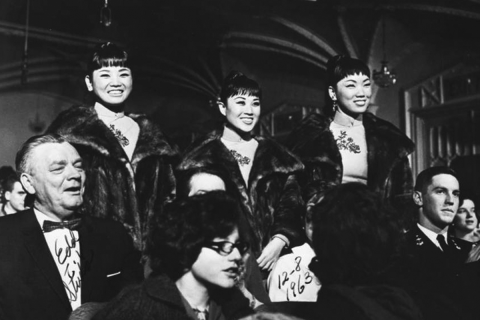
From War to Hurricane Katrina
Graduate student Gennie Thi Nguyen’s old neighborhood was flooded by as much as nine feet of water after Hurricane Katrina pounded the Gulf Coast in August 2005. For Nguyen, like other Vietnamese Americans of her generation who grew up in New Orleans, the destruction of vast areas of her city became a trauma shared with parents and their generation, and opened up new areas of communication, she said.










